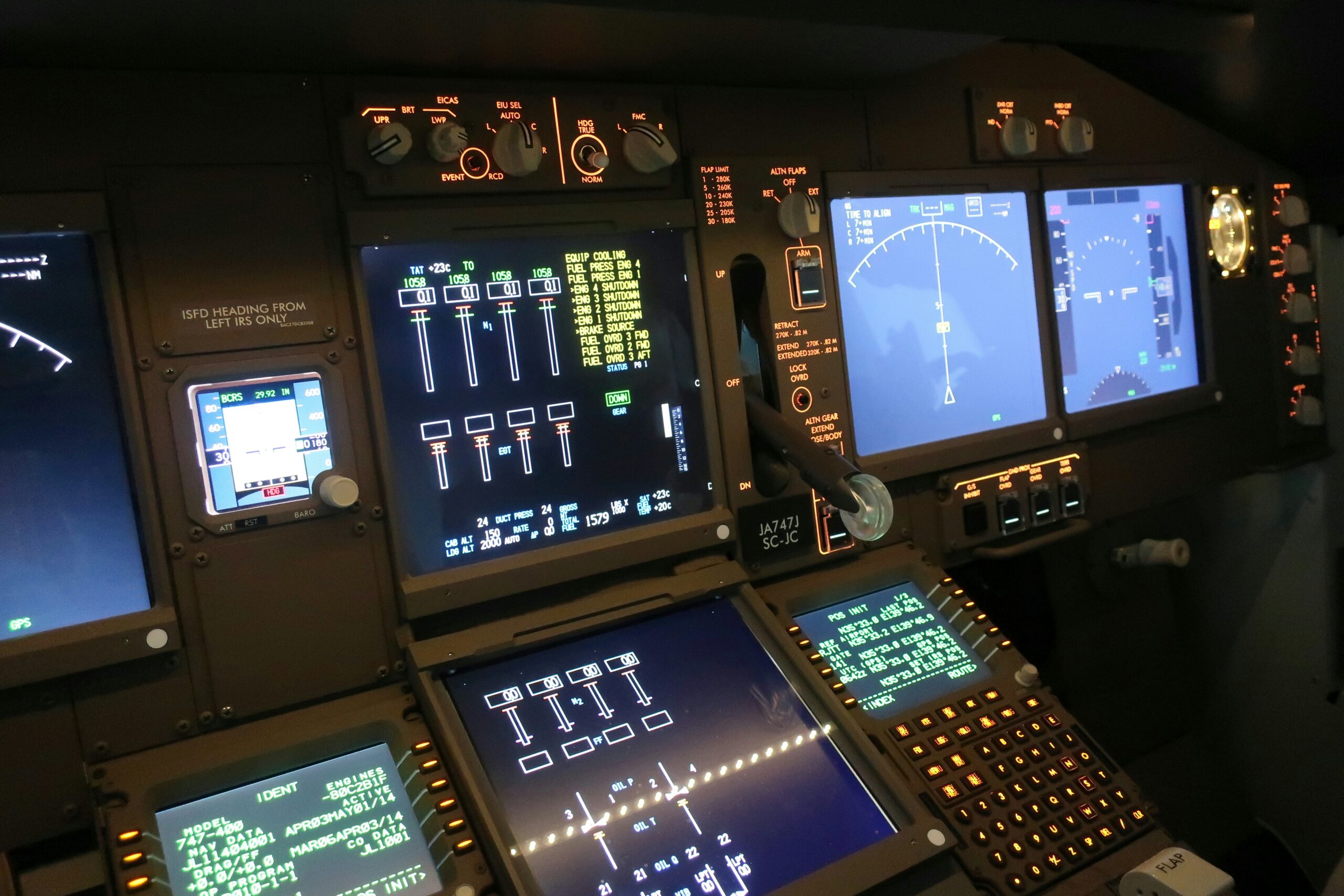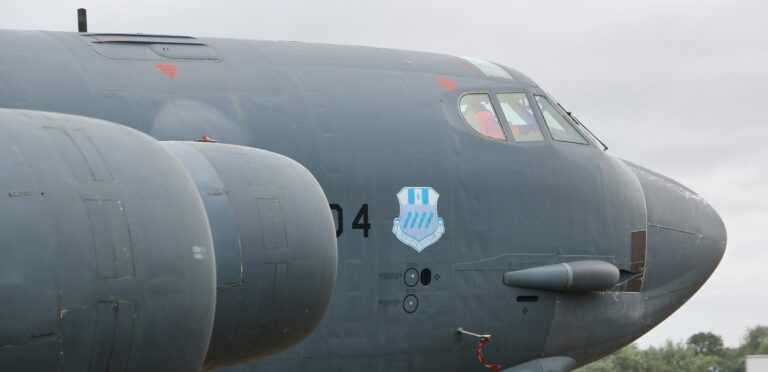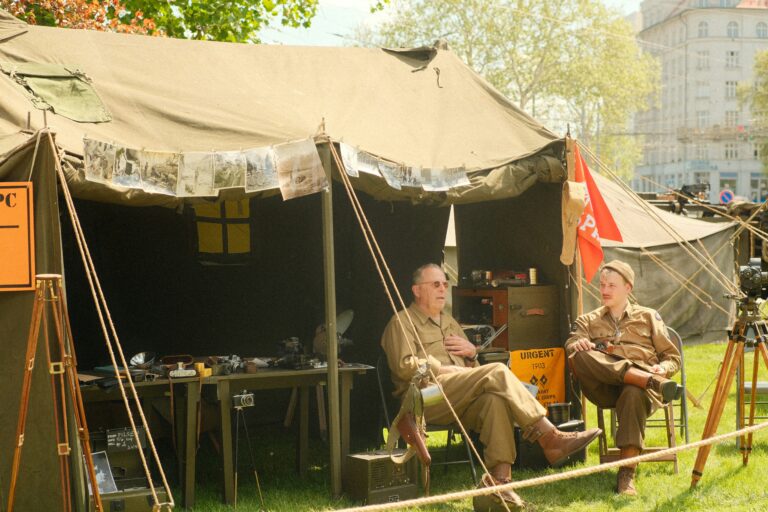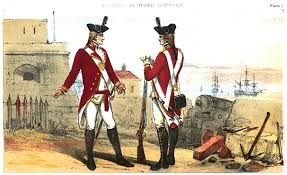Royal Navy Mine Clearance Divers
Introduction
Deep beneath the waves, a unique breed of sailor operates in silence — trained to neutralise hidden threats that can cripple fleets and disrupt global shipping. These are the Royal Navy Mine Clearance Divers, elite specialists who locate and disable underwater mines, explosive ordnance, and enemy sabotage devices.
Often overlooked by the public, their work is among the most dangerous and technically complex in the Armed Forces. Whether clearing a port for humanitarian aid or dismantling a WWII mine, these divers are frontline personnel in both war and peace.
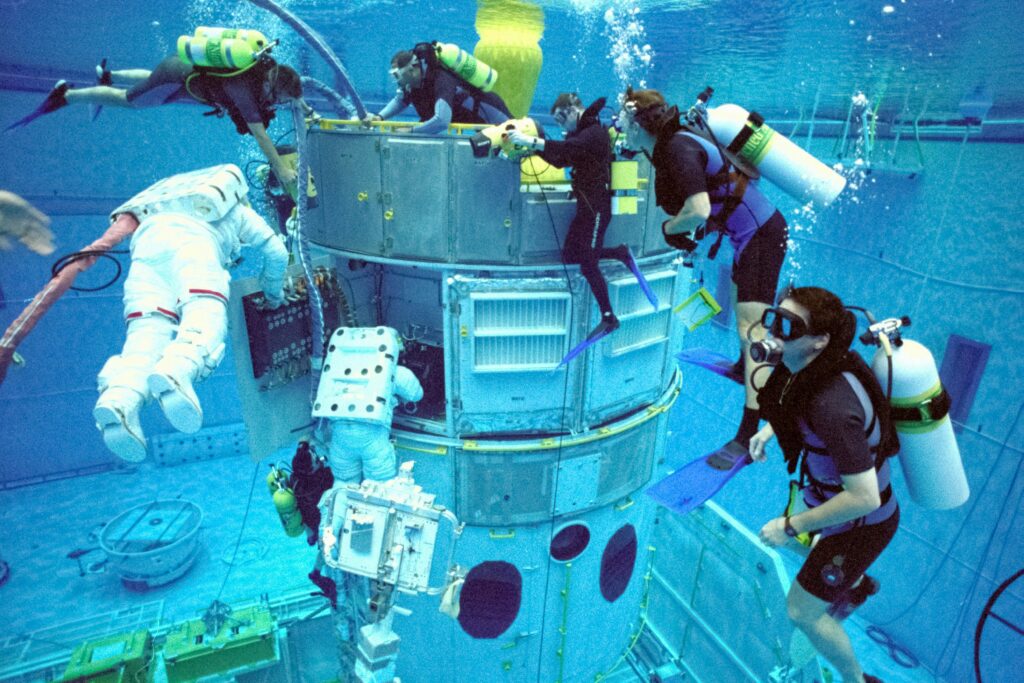
What Does a Mine Clearance Diver Do?
Mine Clearance Divers (MCDs) form a key part of the Royal Navy’s Fleet Diving Squadron, working from ships, submarines, and shore-based units. Their core duties include:
- Locating and disarming sea mines, both modern and historical
- Supporting amphibious landings by clearing beach approaches
- Conducting search and recovery for sunken aircraft, weapons, or personnel
- Engaging in ship’s hull inspections and underwater repairs
- Supporting counter-terrorism and bomb disposal in UK waters
- Operating autonomous underwater vehicles (AUVs) and remotely operated vehicles (ROVs)
MCDs are often embedded with mine-hunting ships such as HMS Bangor and HMS Middleton, and also deploy globally for NATO and UK operations.
Training: One of the Toughest in the Forces
Becoming a Royal Navy diver is no easy feat. The training is widely regarded as one of the hardest courses in the UK military.
Step 1: Royal Navy Basic Training
- 10 weeks at HMS Raleigh (for ratings)
- Focuses on seamanship, fitness, swimming, and discipline
Step 2: Diver Selection Course
Held at Horsea Island in Portsmouth, candidates undergo:
- Physical fitness tests (running, swimming, strength)
- Treading water in full kit
- Endurance and teamwork tasks
- Mental resilience assessments
Only a small percentage pass the selection phase.
Step 3: Diver Training School
Those who succeed enter a 6-month advanced course that covers:
- Diving physiology and decompression theory
- Use of diving equipment (SCUBA and surface-supplied rigs)
- Explosive ordnance disposal (EOD) techniques
- Mine recognition and handling
- Underwater navigation and communications
- Bomb disposal and demolitions
On qualification, they earn the iconic diver’s badge and join the elite ranks.

Daily Operations: A Constant State of Readiness
MCDs can be called to action at a moment’s notice. A typical operation might involve:
- Surveying harbour approaches before a naval exercise
- Locating UXO (Unexploded Ordnance) from WWII in UK waters
- Removing terrorist-planted devices under oil tankers
- Deploying on NATO mine countermeasure missions in the Baltic or Gulf
- Supporting Submarine Parachute Assistance Group (SPAG) in submarine rescue
They work in small teams, often under extreme pressure — darkness, cold water, strong currents, and the ever-present danger of detonation.
Tools of the Trade
Clearance divers use an arsenal of highly technical equipment:
- Clearance Diving Life Support Equipment (CDLSE) – a closed-circuit rebreather for stealthy, long dives
- ROVs and sonar – to detect objects from a safe distance
- Underwater metal detectors and explosives
- Autonomous mine-hunting drones
- Cutting and demolition tools for salvage or sabotage
- Decompression chambers for deep dives
They may dive to depths of 30–60 metres and remain underwater for extended periods depending on task complexity.
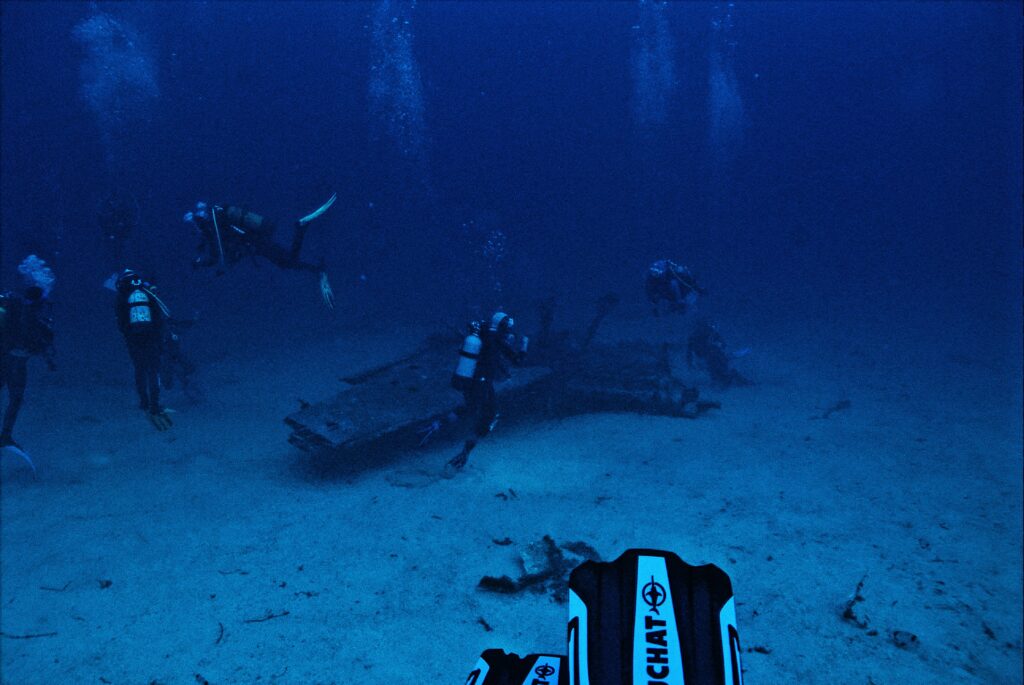
Famous Missions and Roles
Royal Navy divers have played key roles in:
- Falklands War (1982): Removing Argentine mines in Port Stanley
- Gulf Wars: Clearing naval routes for coalition forces
- Libya and Syria operations: Securing port access
- 2022 Red Sea mission: Clearing Houthi-planted mines in trade routes
- WWII ordnance disposal: Over 60,000 historical bombs still lie off UK shores
MCDs are regularly tasked with neutralising bombs found by fishermen or during infrastructure development (e.g., bridge or wind farm construction).
Life as a Clearance Diver
The diver lifestyle is physically intense, team-based, and globally mobile:
- 24/7 readiness
- Extensive fitness and dive conditioning
- Deployment at sea or abroad for months
- Often based at HMS Vernon (Portsmouth) or on minehunter vessels
- Team ethos is paramount — everyone depends on each other to survive and succeed
PO Diver Sam “Brick” Bradley once said:
“We don’t get second chances. One slip, one bad calculation, and that’s your life. But I wouldn’t trade this job for anything else.”
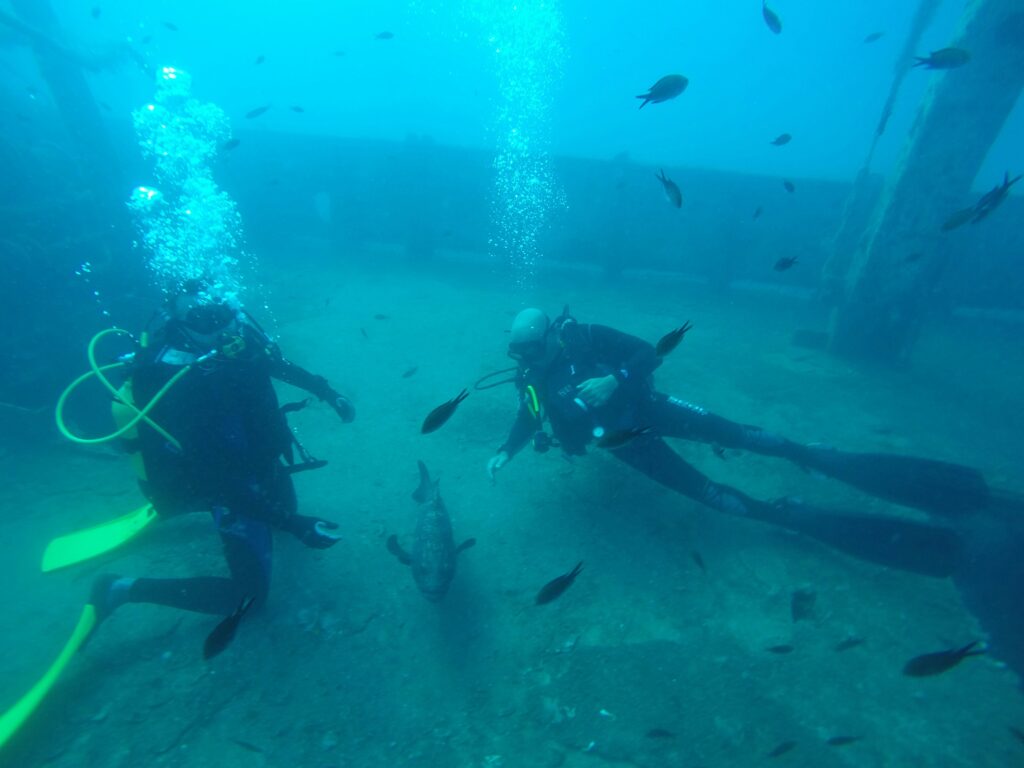
Career Progression
Divers start as junior rates but can advance through:
- Leading Diver – overseeing dive teams
- Petty Officer and Chief Diver – managing large-scale operations
- Instructor roles at Horsea Island
- Diver Officer (DO) – commissioning route for leadership
- Transfer to Fleet Diving Units (FDG) or Special Forces support roles
- After service, many move into:
- Commercial diving
- Offshore oil/gas
- Bomb disposal consultancy
- Maritime salvage and port security
Risks and Challenges
- Explosive risk from unstable mines and booby-traps
- Cold, dark, murky waters hinder visibility and movement
- Physical strain from deep and repetitive dives
- Psychological pressure knowing any mistake could kill you or your team
- Underwater disorientation, decompression illness, and oxygen toxicity
This is not a job for the faint-hearted. Divers need supreme confidence, control, and nerves of steel.
Salary and Benefits
- Starting Salary: ~£18,500 during training
- Qualified Divers: ~£30,000+ with bonuses
- Diving Pay: Additional hazard and dive allowances
- Deployment Pay: For combat or specialist overseas postings
- Free training, education, adventure sports, and worldwide travel
- Veteran Support & Pension Scheme upon retirement
Conclusion
Royal Navy Mine Clearance Divers are elite maritime professionals — combining technical skill, physical endurance, and combat readiness. Whether disarming Cold War-era mines or pioneering underwater drone use, these warriors protect the fleet from invisible threats lurking beneath the sea.
They are not just divers — they are guardians of the deep, risking their lives to ensure the safety of others, often without public recognition.
